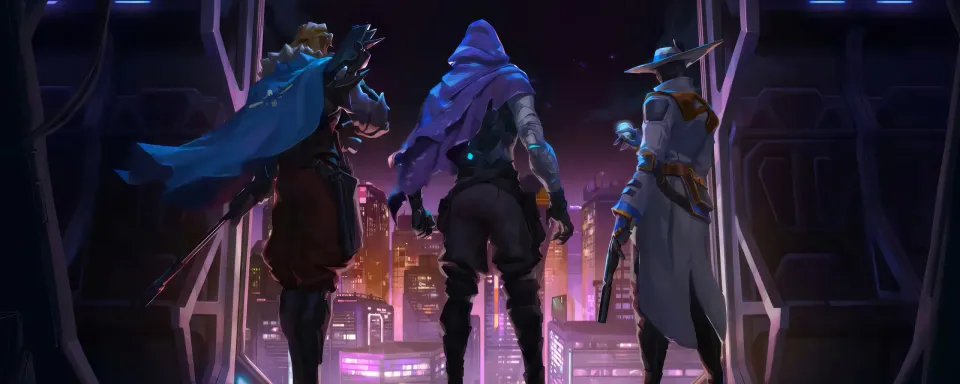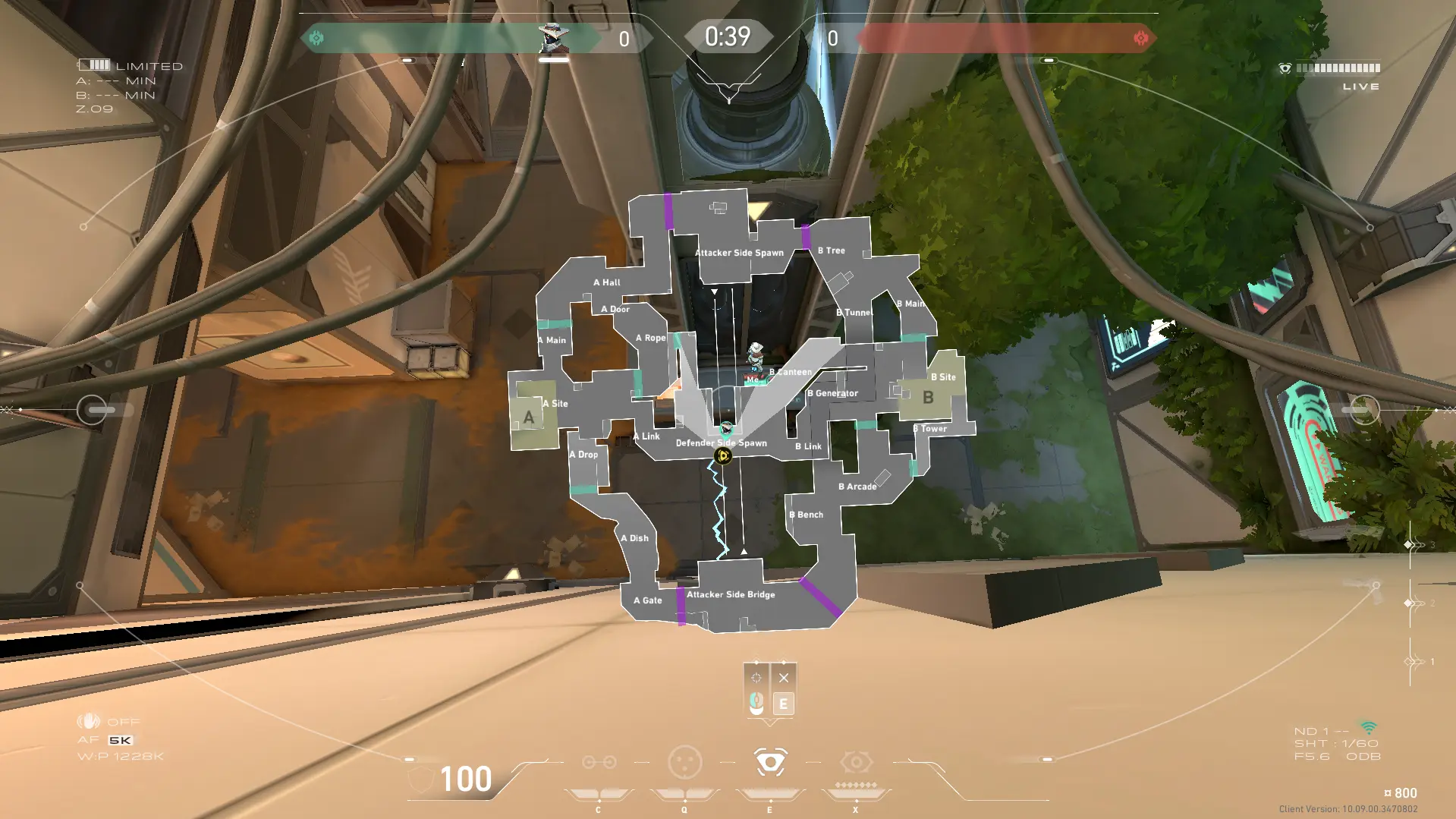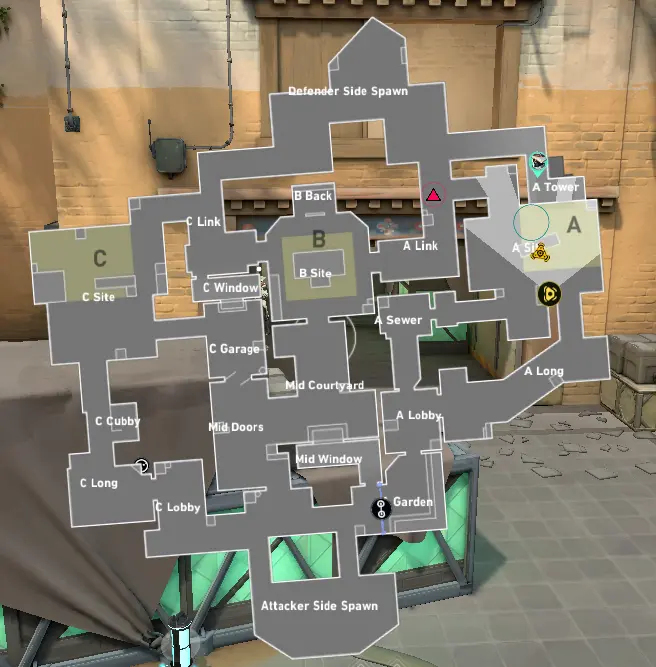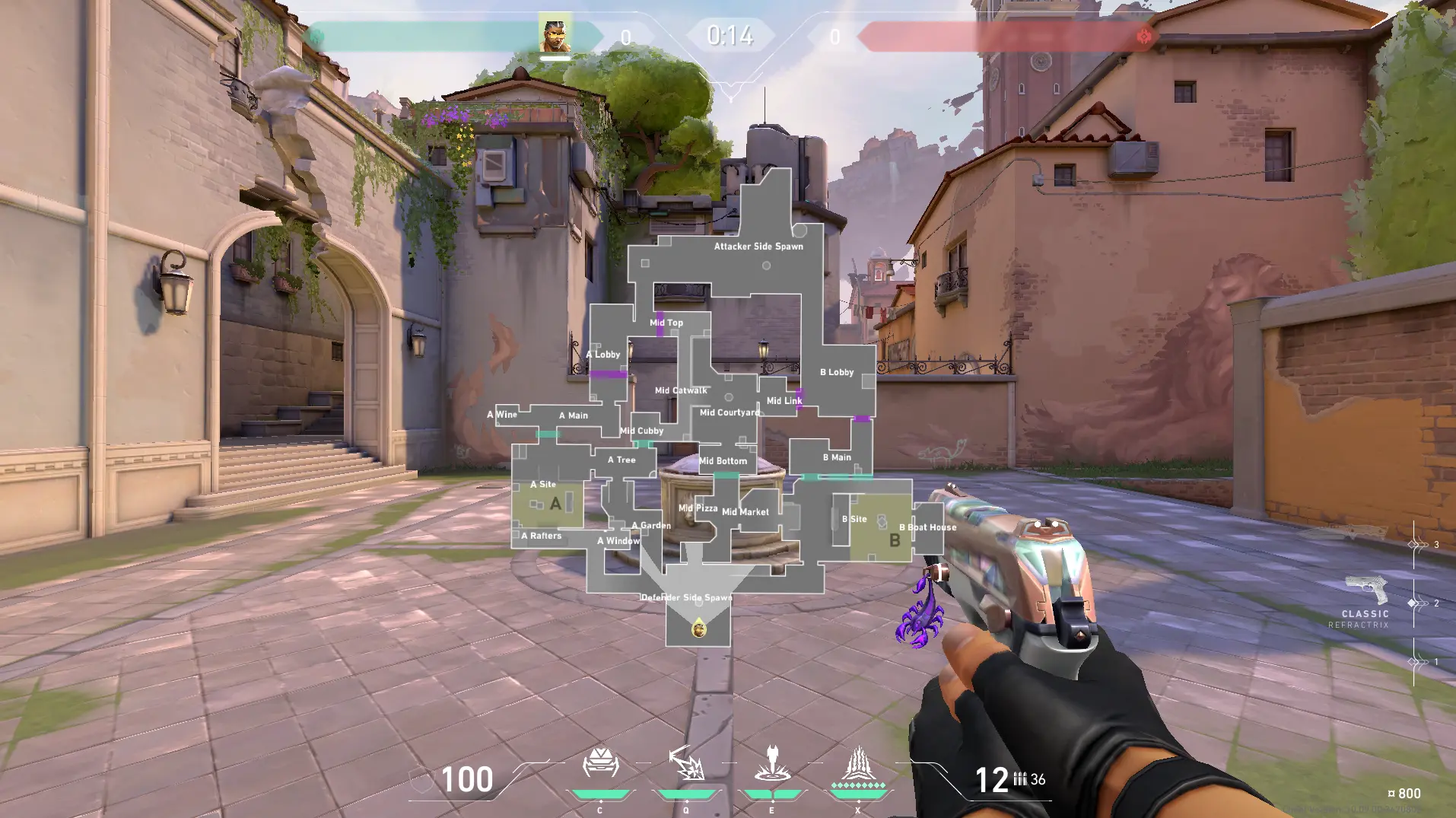
In the world of competitive first-person shooters, clear and consistent communication is crucial. Players use a plethora of jargon and acronyms to quickly send information to their teammates. Of these jargon is "CT", a word with its roots in the tactical shooter heritage. So what does "CT" mean in VALORANT? To uncover the answer, we must explore the heritage of shooter jargon and observe how it influenced Riot Games' flagship title.
The Origins of CT in Tactical Shooters
The term "CT" has its roots in Counter-Strike, which is one of the most iconic tactical shooters of all time. In Counter-Strike, players are divided into Terrorists (T) and Counter-Terrorists (CT). The CT side is responsible for preventing bomb plants or hostage rescue, depending on the game mode. Players more or less naturally began using "CT" as a means of shortening certain parts of maps—most specifically, the area around the Counter-Terrorist spawn. This area, typically crucial in retake scenarios or hold positions, was just called "CT."
Although VALORANT does not use the T/CT team structure, many of its mechanics and gameplay elements were heavily borrowed from Counter-Strike. Some of these are weapon economy, bomb defusal missions, and even the pace of tactical play. Naturally, a lot of the lingo came along with veteran players making the switch, shaping the language of VALORANT's community.
How “CT” Found Its Way into VALORANT
Despite VALORANT labeling its sides as Attackers and Defenders, the term “CT” has persisted. So, what does CT refer to in VALORANT? In general, “CT” in VALORANT refers to the Defender’s spawn area, especially when it's close to a contested bombsite. Players often use it during mid-round or post-plant communication.
For example, if a spike is planted on Site A, and the defending team is rotating from their spawn location to retake the site, attackers might call out: “Watch CT” or “CT push incoming”, warning teammates to expect a retake from that direction.
This adoption is a clear instance of Counter Strike terms carrying on to VALORANT, not just among professional players, but casual ones too. The legacy of decades of Counter-Strike gameplay has carried over into VALORANT’s developing vocabulary, influencing how players understand maps, callouts, and positioning.

What Is CT Callout in VALORANT?
To be precise, what is CT callout in VALORANT? It typically refers to the Defender-side spawn, especially when it's being used as a rotation path during post-plant or retake scenarios. Let’s consider the map Ascent: when the spike is planted on Site A, players often call out “CT” to refer to the path leading from the Defender spawn through Heaven or Tree. On Bind, “CT” may refer to the spawn connector that leads to A or B site, depending on where the pressure is coming from.
The terminology is highly contextual. Unlike Counter-Strike, where maps are balanced around fixed CT and T spawn points, VALORANT’s maps are more diverse in layout. However, the functional positioning of certain spawn areas—especially as choke points for rotations—makes them logical equivalents of the traditional “CT” zones.
Why the Callout Still Matters
In a game as fast-paced and strategy-oriented as VALORANT, every second matters. Callouts like “CT”, “Heaven” and “Elbow” allow for rapid communication without wasting time. These terms are often universally understood, regardless of rank or region. Even if a term like "CT" isn't officially labeled on the minimap, players continue using it because it is efficient and deeply ingrained in tactical shooter culture.
Moreover, many professional VALORANT teams and streamers use these legacy terms, reinforcing their presence in the broader community. So, when a teammate calls out “Two CT”, they’re signaling a threat emerging from the Defender’s spawn route—a vital piece of information that could alter the outcome of a round.
Common Maps Where “CT” is Frequently Used
Below are some popular VALORANT maps where the “CT” callout is regularly used by players, often in clutch or post-plant situations:

Ascent
- CT = Defender spawn leading to A Heaven and Tree.
- Frequently called during A-site executes and retakes.
Bind
- CT = Spawn connector near the teleporters.
- Often referenced when enemies rotate from spawn to B site.
Haven
- CT = The hallway behind Garage and spawn area when rotating to C.
- Critical in post-plant defense on C site.

Lotus
- CT = Defender entrance from spawn toward B site or C connector.
- Especially important in multi-pronged retakes.
Each of these callouts is situational, but they demonstrate how the CT reference remains relevant across multiple maps, especially when rotations and flanks are expected.
The Role of Legacy Players in Spreading CT Terminology
One significant reason behind the term’s popularity in VALORANT is the large influx of former Counter-Strike players. These veterans brought with them a language forged through years of practice. Naturally, phrases like “CT,” “Long,” “Short,” “Heaven,” and “Ramp” became part of the shared vocabulary.
This bridge between the games is a clear example of counter strike terms carrying on to valorant, shaping how new players learn, practice, and even teach others. Watching streamers, analysts, or pro matches reinforces these phrases, making them part of the game’s informal meta-language.
Is the Use of “CT” Likely to Fade?
While Riot Games encourages players to develop their own map-based vocabulary (and even includes official callouts on maps), it’s unlikely that the term “CT” will fade entirely. Its brevity, utility, and ingrained legacy ensure it remains a staple of VALORANT comms for the foreseeable future.
The question what does ct mean in val? is not just about identifying a location—it’s about understanding the shared history between two of the most influential tactical shooters of our time. The term is a remnant of a legacy, still highly relevant in modern play.
Conclusion
So, what does CT mean in VALORANT? It’s a community-adopted callout for the Defender’s spawn entrance or rotation area, rooted in the long-standing traditions of tactical shooters. Whether you're a seasoned veteran or a fresh recruit to the world of VALORANT, understanding such callouts is crucial to effective communication and strategic play.
As VALORANT continues to evolve, so will its language—but the CT callout stands as a testament to the enduring legacy of games that came before. From “what is ct callout in valorant?” to “what does ct refer to in valorant?”, the answer lies not just in the maps, but in the collective memory of competitive gamers worldwide.
Comments
Upcoming Top Matches
Latest top articles










No comments yet! Be the first one to react